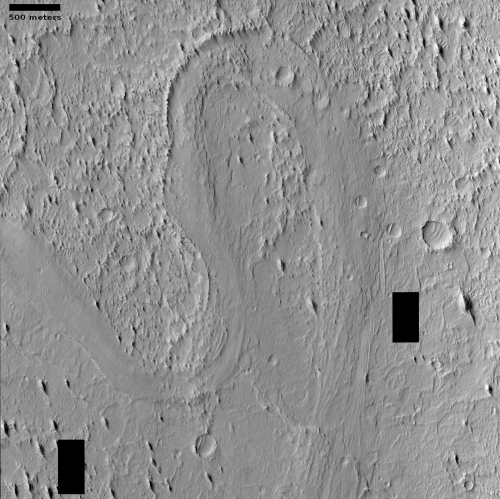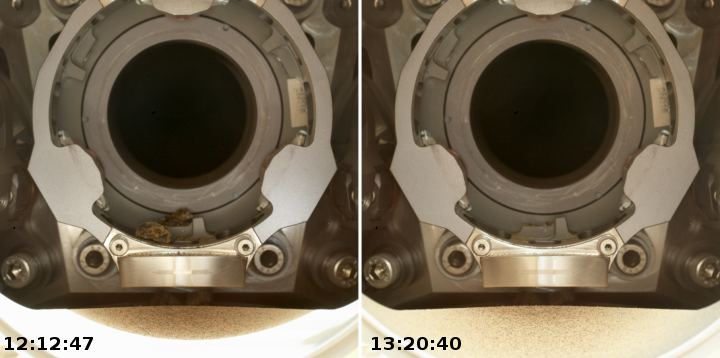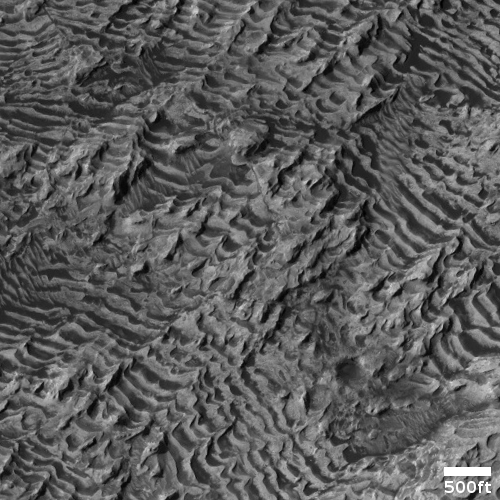Startup building satellite electric thrusters signs deal with startup building refueling tankers
Capitalism in space: Phase Four, a startup building a new electric xenon thruster for use in satellites has signed an agreement with Orbit Fab, a startup building refueling systems for satellites already in orbit.
Under the agreement announced Jan. 24, the companies will work together to evaluate the refueling potential of traditional electric propulsion propellants like xenon for Phase Four Maxwell engines as well as new propellants like Advanced Spacecraft Energetic Non-Toxic propellant or ASCENT, a monopropellant developed by the Air Force Research Laboratory.
Orbit Fab last year launched its first prototype tanker, successfully testing the refueling port which it wants satellite makers to use so that future tankers can refuel them.
Capitalism in space: Phase Four, a startup building a new electric xenon thruster for use in satellites has signed an agreement with Orbit Fab, a startup building refueling systems for satellites already in orbit.
Under the agreement announced Jan. 24, the companies will work together to evaluate the refueling potential of traditional electric propulsion propellants like xenon for Phase Four Maxwell engines as well as new propellants like Advanced Spacecraft Energetic Non-Toxic propellant or ASCENT, a monopropellant developed by the Air Force Research Laboratory.
Orbit Fab last year launched its first prototype tanker, successfully testing the refueling port which it wants satellite makers to use so that future tankers can refuel them.




